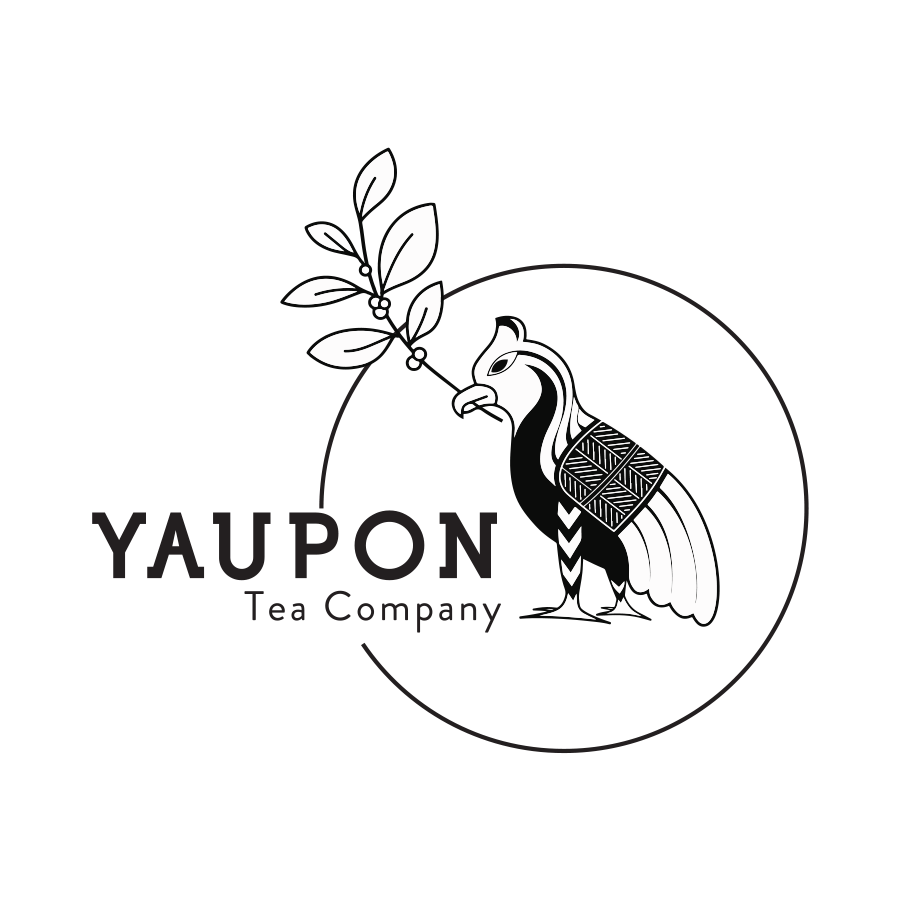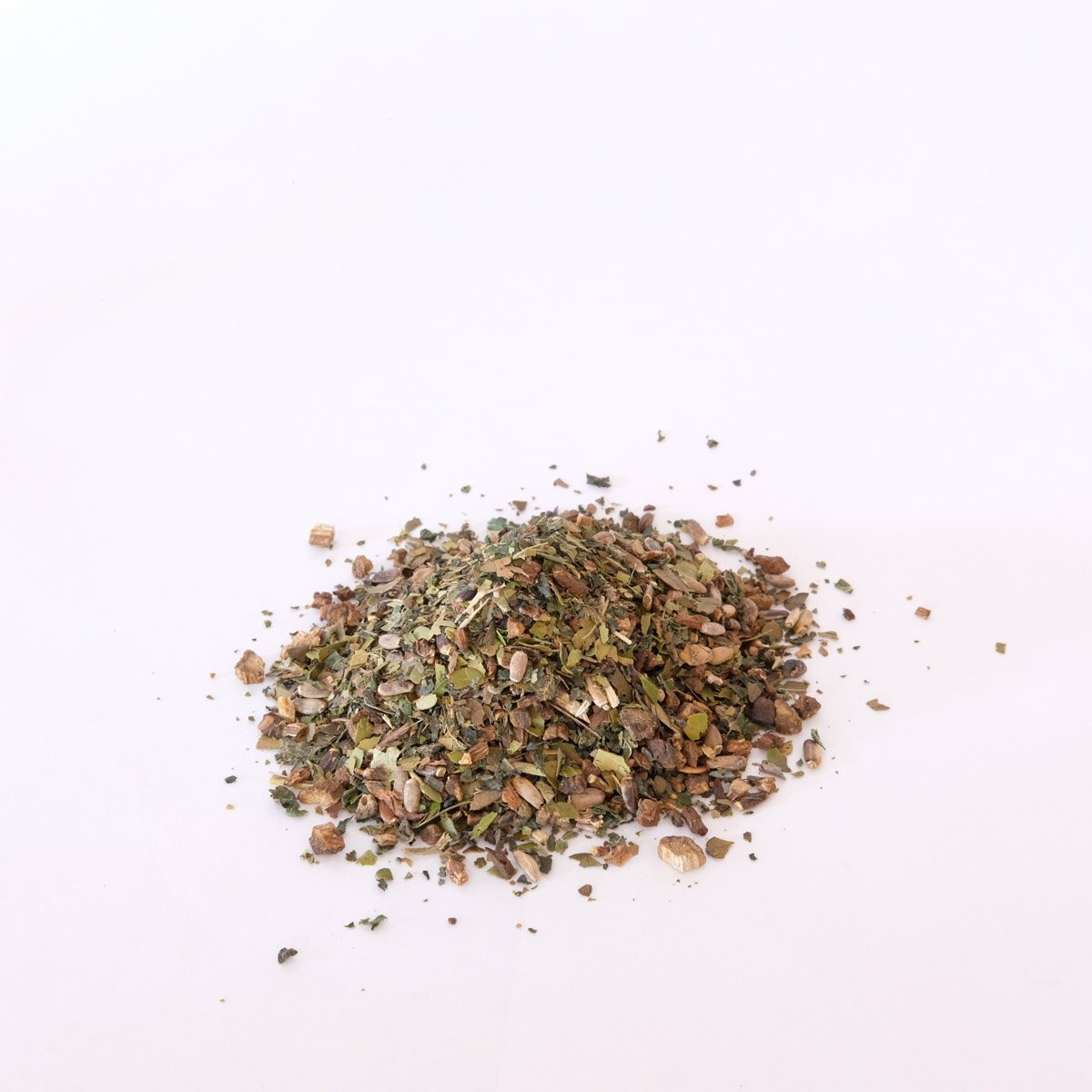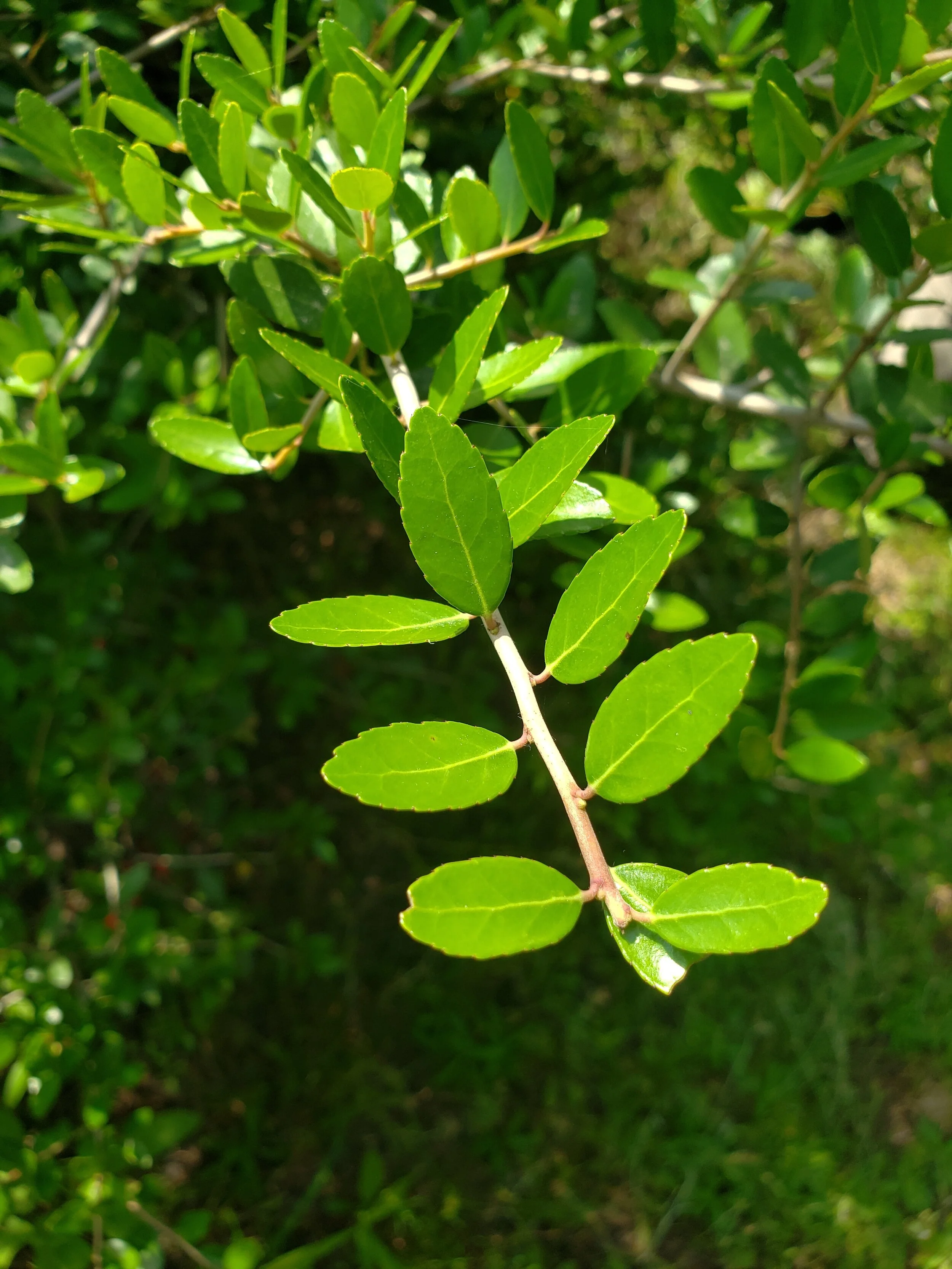
Frequently asked Questions (FAQ)
Yaupon Tea
How do I make Yaupon Tea?
There are many ways to make Yaupon tea. Here are a couple options:
Strip the amount of leaves you think you will need.
Dry the leaves using one of these methods:
Air dry the leaves indoors (yields green tea)
Air dry the leaves in the sun yields brown tea)
Place in a 250 F convection oven for 15-20 minutes to dry the leaves, being careful not to burn.
Take dried leaves and crunch up in your hand or a machine to ready for steeping.
Heat water from 180F to 212F. Place broken or full leaves in water and steep until you like the color.
Keep trying different temps, steep time and leaf milling to find your favorite method.
Cold brew is fun too. Place leaves in water in the fridge for 12 -24 hours. Drink cold.
Lou Thomann and Lori Judge, founders
Is there a community of Yaupon growers?
As part of our SBIR Phase II Grant, we are forming a Yaupon growers community in order to exchange information on growing Yaupon , whether for a garden or a crop. Interested parties can email: lou@yauponwellness.com.
Yaupon Tea branch
How can I grow Yaupon?
I. Choosing your Yaupon Holly Tree.
There are many varieties of Yaupon. There are Dwarf Varieties, Weeping varieties, cultivars from your local nursery and wild plants that can be propagated and /or transplanted. One should investigate the different varieties of Yaupon for intended use and appearance.
Weeping Yaupon or “Pendula” is very different from the usual cultivars such as “Nana”, “Shillings” and more. Wild plants are fun to work with, can be pruned or left to grow to 20-30 ft in height. Yaupon enjoys being pruned and shaped while leaving Yaupon alone will produce a tree. Yaupon can even be made into a Bonsai Yaupon.
Female plants produce red or yellow berries. Male plants do not produce berries. Both male and female plants produce white flowers in the spring. Yaupon is Dioecious. Male plants are needed to fertilize the female flowers.
Finally, if choosing a cultivar variety, consider that some have been bred for more berries, smaller leaves vs. larger leaves and yellow berries vs. red berries. Lots of options!
II. Know your U.S. Planting Zones.
The USDA recommends Zones 7a to 9b as “hardiness zones” for Yaupon. This is basically true, but we have seen Yaupon growing in Zone 6 very well. Thatchmore Farms near Brevard, NC (kthatch@buncombe.main.nc.us) offers some cold adapted Yaupon varieties. We are waiting to hear if some of their Yaupon trees survived the Michigan winters. More on this later! We also identified a healthy Yaupon growing in New England. We plan on propagating this tree to offer a more cold tolerant variety soon.
A map of US Planting Zones can be found here.
III. Planting Yaupon.
a. Planting Location:
Best planted in the spring but we have done well transplanting wild Yaupon in the fall.
Plant in a location with lots of sun. Sun produces better and more berries if that’s what you want. Yaupon likes shade too and the leaves will grow bigger in the shade. Yaupon likes afternoon shade.
We suggest watering the root ball 2 or 3 times a week for the first year after planting. Once fully established, Yaupon can tolerate drought but it does like to be watered with some consistency. Weekly water once established, in the summer is fine too.
When planting in a planting hole, the root ball should sit about 1 inch above surrounding soil.
After planting, applying an organic mulch will keep the soil moist and cool.
b. Soil:
Daily watering until the plant is fully established. No need to amend the soil unless it is truly poor. Fertilizing once established is fine.
Yaupon can survive in many soil types. It tolerates almost any condition once established. It can thrive in soil that is wet or dry and alkaline or acidic. Having said that, these conditions will affect the plant’s phytochemistry and flavor if making Yaupon tea.
c. Fertilizing:
It is recommended to fertilize annually in the spring when it is most bioactive. Plant nurseries do not recommend high nitrogen fertilizers but it is known to raise caffeine levels if applied properly.
d. Pruning:
For a small tree - keep lower side branches pruned away.
Diseased and damaged branches should be cut away
Overgrowth can be cut back up to 1/3 of the branches with no problems. Cut back at the base of the plant.
To shape a hedge - cut the ends of the branches back ¼ “ above a node facing direction you want branch to grow.
Cut away suckers at the base unless you want to grow into a thicket.
IV. The Berries:
Berries are know to contain Ilicin in small amounts. Ilicin is considered toxic to children. More research needs to be done on this subject.
V. Pests & Diseases:
Yaupon is relatively free of pests & diseases. However, scale, leaf miners, mites and aphids can cause issues.
VI. Resources:
If you google, Yaupon Holly, growing, planting etc… lots of good info will pop up. Here are a couple to start with.
USDA: http://plants.usda.gov/factsheet/pdf/fs_ilvo.pdf
http://plants/trees-and-shrubs/shrubs/yaupon-holly-tea.html.
How can I grow Yaupon?
I. Choosing your Yaupon Holly Tree.
There are many varieties of Yaupon. There are Dwarf Varieties, Weeping varieties, cultivars from your local nursery and wild plants that can be propagated and /or transplanted. One should investigate the different varieties of Yaupon for intended use and appearance.
Weeping Yaupon or “Pendula” is very different from the usual cultivars such as “Nana”, “Shillings” and more. Wild plants are fun to work with, can be pruned or left to grow to 20-30 ft in height. Yaupon enjoys being pruned and shaped while leaving Yaupon alone will produce a tree. Yaupon can even be made into a Bonsai Yaupon.
Female plants produce red or yellow berries. Male plants do not produce berries. Both male and female plants produce white flowers in the spring. Yaupon is Dioecious. Male plants are needed to fertilize the female flowers.
Finally, if choosing a cultivar variety, consider that some have been bred for more berries, smaller leaves vs. larger leaves and yellow berries vs. red berries. Lots of options!
II. Know your U.S. Planting Zones.
The USDA recommends Zones 7a to 9b as “hardiness zones” for Yaupon. This is basically true, but we have seen Yaupon growing in Zone 6 very well. Thatchmore Farms near Brevard, NC (kthatch@buncombe.main.nc.us) offers some cold adapted Yaupon varieties. We are waiting to hear if some of their Yaupon trees survived the Michigan winters. More on this later! We also identified a healthy Yaupon growing in New England. We plan on propagating this tree to offer a more cold tolerant variety soon.
A map of US Planting Zones can be found here.
III. Planting Yaupon.
a. Planting Location:
Best planted in the spring but we have done well transplanting wild Yaupon in the fall.
Plant in a location with lots of sun. Sun produces better and more berries if that’s what you want. Yaupon likes shade too and the leaves will grow bigger in the shade. Yaupon likes afternoon shade.
We suggest watering the root ball 2 or 3 times a week for the first year after planting. Once fully established, Yaupon can tolerate drought but it does like to be watered with some consistency. Weekly water once established, in the summer is fine too.
When planting in a planting hole, the root ball should sit about 1 inch above surrounding soil.
After planting, applying an organic mulch will keep the soil moist and cool.
b. Soil:
Daily watering until the plant is fully established. No need to amend the soil unless it is truly poor. Fertilizing once established is fine.
Yaupon can survive in many soil types. It tolerates almost any condition once established. It can thrive in soil that is wet or dry and alkaline or acidic. Having said that, these conditions will affect the plant’s phytochemistry and flavor if making Yaupon tea.
c. Fertilizing:
It is recommended to fertilize annually in the spring when it is most bioactive. Plant nurseries do not recommend high nitrogen fertilizers but it is known to raise caffeine levels if applied properly.
d. Pruning:
For a small tree - keep lower side branches pruned away.
Diseased and damaged branches should be cut away
Overgrowth can be cut back up to 1/3 of the branches with no problems. Cut back at the base of the plant.
To shape a hedge - cut the ends of the branches back ¼ “ above a node facing direction you want branch to grow.
Cut away suckers at the base unless you want to grow into a thicket.
IV. The Berries:
Berries are know to contain Ilicin in small amounts. Ilicin is considered toxic to children. More research needs to be done on this subject.
V. Pests & Diseases:
Yaupon is relatively free of pests & diseases. However, scale, leaf miners, mites and aphids can cause issues.
VI. Resources:
If you google, Yaupon Holly, growing, planting etc… lots of good info will pop up. Here are a couple to start with.
USDA: http://plants.usda.gov/factsheet/pdf/fs_ilvo.pdf
http://plants/trees-and-shrubs/shrubs/yaupon-holly-tea.html.



